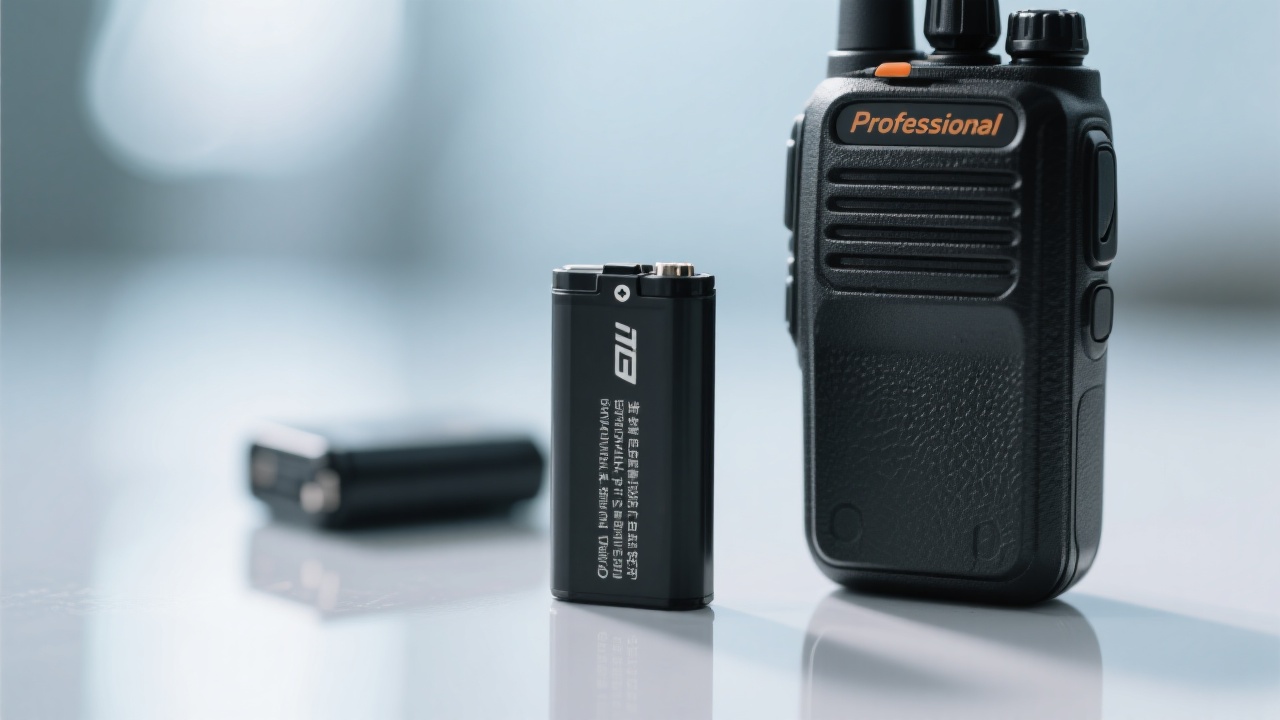
In the global B2B market, especially for high-stakes industries like public safety and industrial communications, technical transparency isn’t just a nice-to-have—it’s a deal-maker. As an engineer who's worked with Motorola R7 users across 30+ countries, I’ve seen how one small detail—like battery thickness or cycle life—can determine whether a client places their next order.
The PMNN4807A is not just another thin lithium-ion cell—it’s engineered specifically for Motorola R7 radios, where space constraints meet heavy-duty usage. With a capacity of 2200 mAh and a profile under 10 mm, it solves a critical pain point: how to fit more power into tighter spaces without sacrificing reliability.
| Feature | PMNN4807A | Standard Competitor |
|---|---|---|
| Thickness | ≤ 9.8 mm | ≥ 12 mm |
| Cycle Life (80% Capacity) | > 500 cycles | ~ 300 cycles |
| Safety Compliance | UN38.3 + UL1642 | UL1642 only |
Why does this matter? Because in real-world scenarios—from police operations in rainy Singapore to mining teams in Chile—the difference between a battery that fails at 400 cycles vs. 500+ means fewer replacements, less downtime, and better ROI. One German emergency services supplier reported saving €12,000 annually after switching to our PMNN4807A solution.
The secret lies in the proprietary electrode coating technology we developed in collaboration with Korean R&D partners. By reducing internal resistance by up to 18%, we achieve higher energy density while maintaining thermal stability—even during extended use in hot environments (up to 60°C).
This isn't theoretical. In field tests conducted in Dubai’s desert conditions, the PMNN4807A maintained consistent voltage output over 8 hours of continuous radio transmission—something many competitors couldn’t manage beyond 5 hours.

We recently helped a Brazilian telecom provider reduce their annual battery replacement cost by 37% simply by switching from generic cells to PMNN4807A. Their engineers were skeptical at first—but once they saw the data from our test bench (which included simulated 12-month usage), they became advocates.
That’s the power of transparency: when buyers see the numbers, the testing protocols, and the real-world results—they don’t just buy a product. They invest in a partnership.